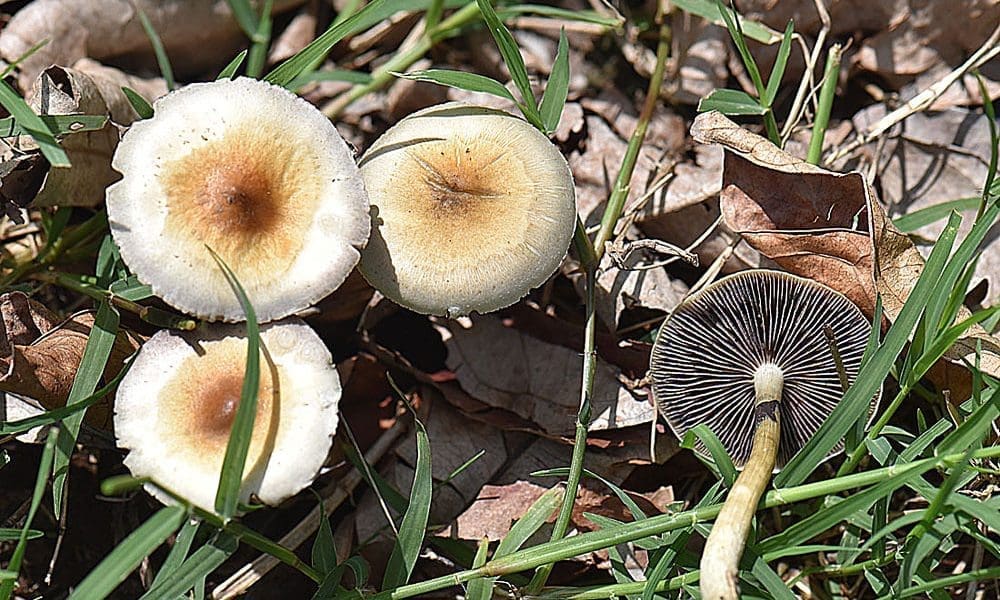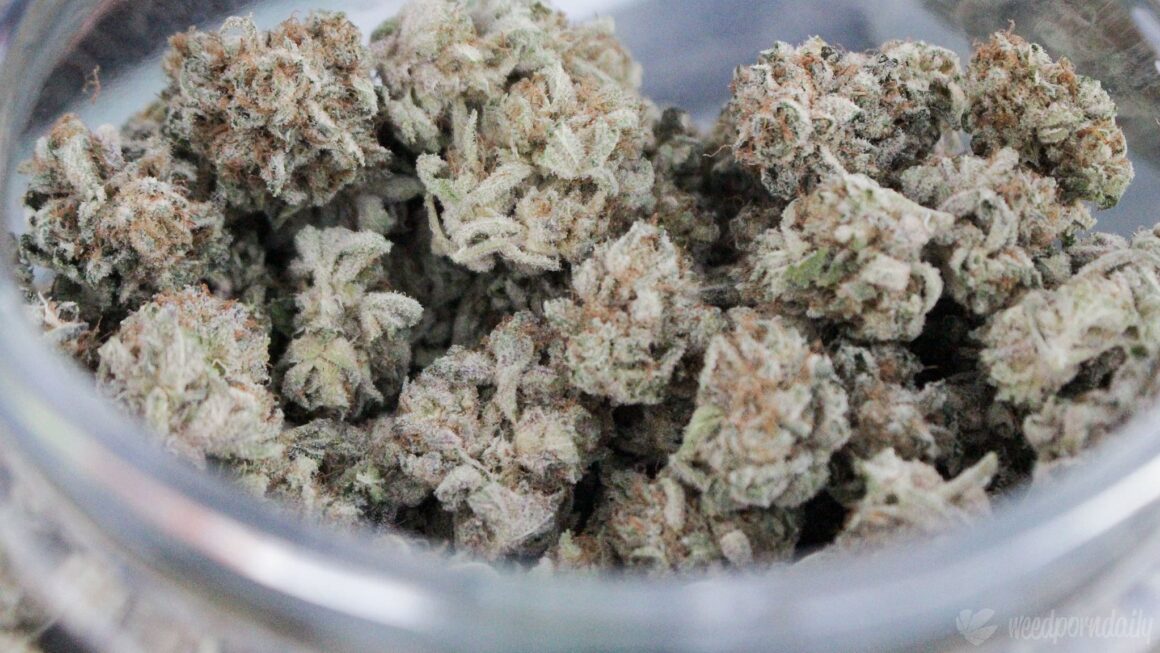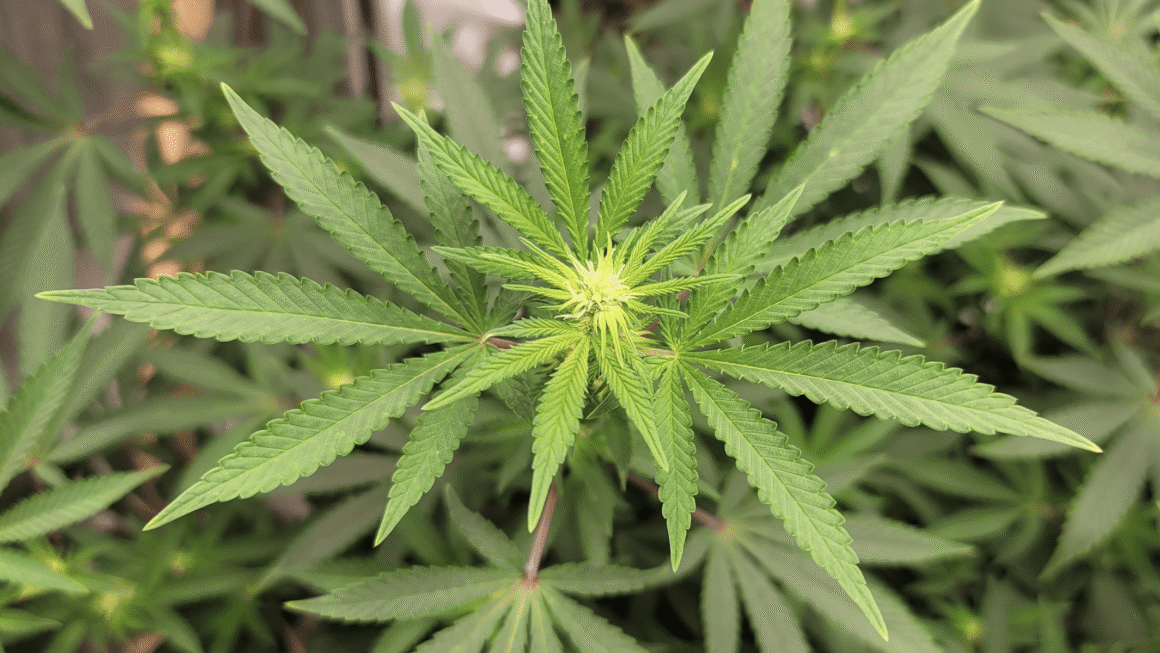A new study in Molecular Psychiatry looked at the DNA of 131,895 people and asked two simple questions. Have you ever used cannabis? If yes, how often? Among those who had tried, frequency was analyzed in 73,374 people. The answers lined up with tiny genetic signals in brain systems tied to glutamate and the way neurons connect. Think of it as a nudge, not a script.
The work comes from UC San Diego, in collaboration with 23andMe, and it sits neatly inside a decade of research on what pushes people toward experimentation, repetition and, for a smaller group, real problems. UCSD’s plain-English summary is here if you want the lab’s voice straight from the source.
What they actually found
The strongest genetic signals live near two familiar players. One is CADM2, a gene involved in how brain cells wire up, often seen in studies of impulsivity and body weight. The other is GRM3, part of the glutamate system, long discussed in research on schizophrenia and bipolar disorder.
The study links these regions to trying cannabis and, in CADM2’s case, to using it more often. The authors also surface dozens of additional genes, each with very small effects, that together shape a gentle statistical tilt toward use. You can dive into the methods in the paper.
How big is the effect
Small. The heritability estimates are modest.
Polygenic scores built from these signals predicted cannabis behaviors a little in the NIH’s All of Us data, and less so outside European ancestry groups. That is standard for today’s genetics. Useful for mapping biology. Not ready for clinics. A phenome-wide scan in Vanderbilt’s BioVU biobank replicated expected links and flagged exploratory associations that need follow-up.
What this does not mean
There is no weed gene. This is not destiny. Environment, policy, access, stress, family and personal choices still carry most of the weight. The authors are careful about that. They see this as groundwork for understanding pathways that might one day inform prevention or treatment of cannabis use disorder. There is no screening test or medication around the corner.
Coverage landed fast and was mostly fair. The Washington Post used a headline about scientists identifying a “key reason” people may use or get addicted. The body of the article includes the right caveats, though the word “key” makes the signal sound bigger than it is. Euronews keeps the nuance and reminds readers that genes do not decide fate. New Atlas is accurate on methods and quotes, with a headline that leans punchy. Overall, the reporting tracks the science, with the usual headline heat.
Bottom line for readers
Genes nudge. Life decides. This study tightens the link between early cannabis behaviors and brain pathways already seen in impulsivity and psychotic-spectrum research. The effects are small. The real story is how biology, context and choice meet in the middle.
Disclosures: Several coauthors work at 23andMe and hold stock or options. Funding includes NIDA and California’s Tobacco-Related Disease Research Program. See the paper and UCSD release for full details.





